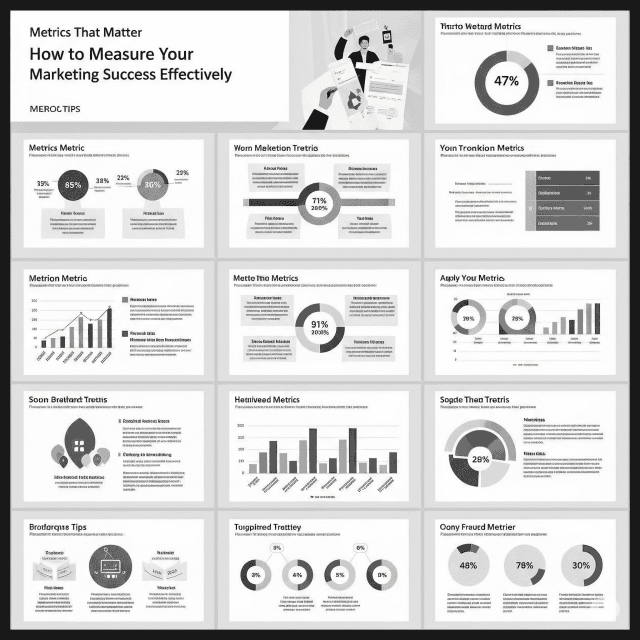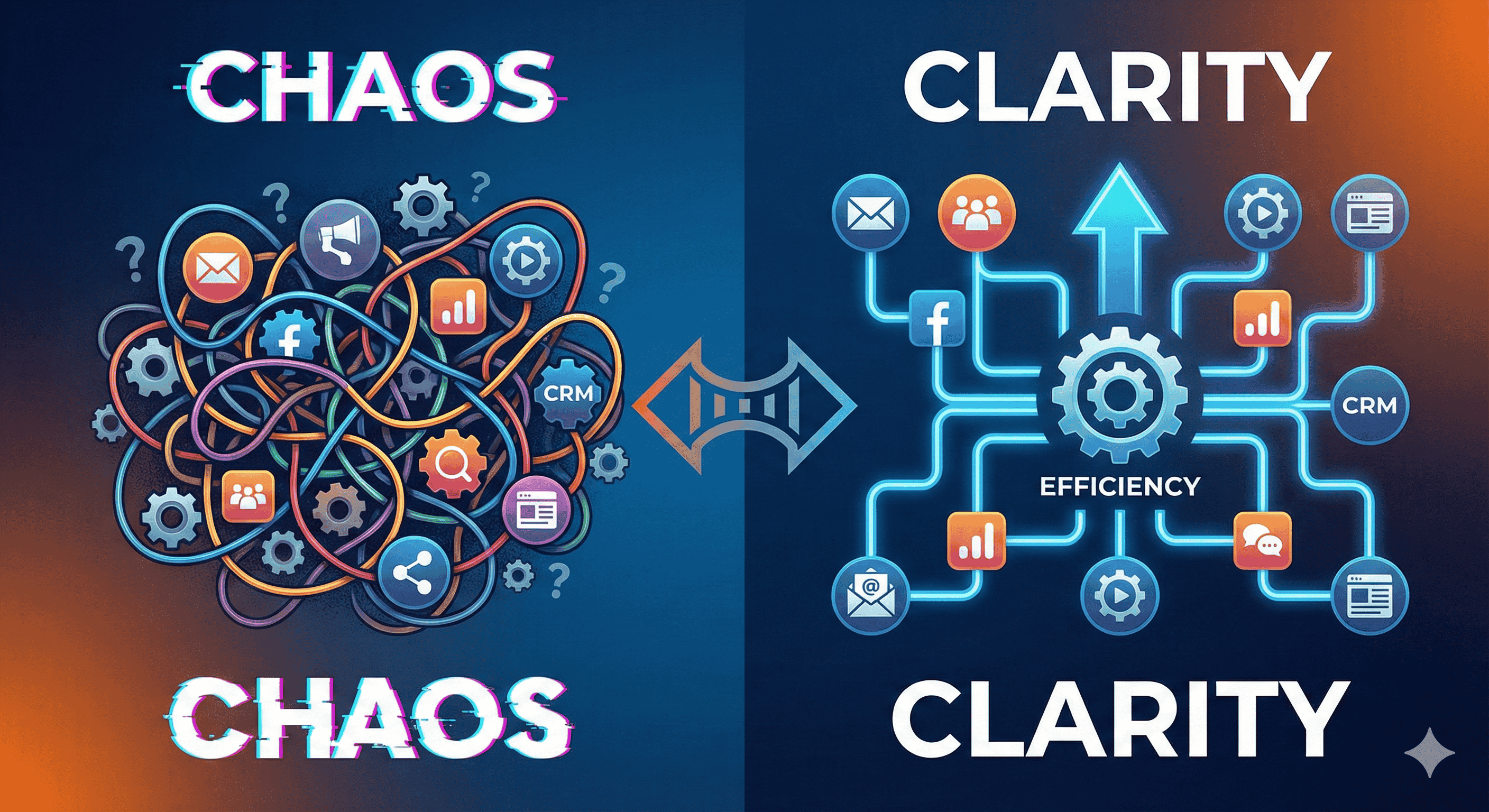In the fast-paced world of digital marketing, measuring success can often feel overwhelming. With an array of analytics tools, data points, and performance indicators, marketers can easily lose sight of what truly matters. However, focusing on the right metrics is essential for understanding the effectiveness of your marketing efforts and making informed decisions. Here’s a guide on how to effectively measure your marketing success.
Understanding Marketing Metrics
Marketing metrics are quantitative measures used to evaluate the performance of marketing strategies and campaigns. These metrics can help businesses understand customer behavior, gauge campaign effectiveness, and allocate resources effectively. However, not every metric is equally valuable. It’s crucial to distinguish between vanity metrics—like likes and followers—and actionable insights that drive business growth.
Key Metrics to Track
1. Conversion Rate
The conversion rate is a crucial metric that helps measure the effectiveness of your campaigns. It indicates the percentage of users who complete a desired action, such as making a purchase or signing up for a newsletter.
How to Calculate:
[ \text{Conversion Rate} = \left( \frac{\text{Conversions}}{\text{Total Visitors}} \right) \times 100 ]
2. Customer Acquisition Cost (CAC)
CAC refers to the total cost of acquiring a new customer, which includes marketing expenses, salaries, and overhead costs. Understanding CAC helps businesses manage budgets and optimize their marketing efforts.
How to Calculate:
[ \text{CAC} = \frac{\text{Total Cost of Marketing}}{\text{Number of New Customers Acquired}} ]
3. Return on Investment (ROI)
ROI is a critical metric that assesses the profitability of your marketing efforts. A positive return indicates that your marketing investments are yielding positive results.
How to Calculate:
[ \text{ROI} = \left( \frac{\text{Net Profit}}{\text{Cost of Investment}} \right) \times 100 ]
4. Customer Lifetime Value (CLV)
CLV estimates the total revenue a business can expect from a single customer account throughout their relationship. This metric helps in understanding the long-term value of customers and justifying acquisition costs.
How to Calculate:
[ \text{CLV} = \text{Average Purchase Value} \times \text{Average Purchase Frequency} \times \text{Average Customer Lifespan} ]
5. Engagement Rate
Engagement rate measures how effectively your audience interacts with your content. This metric can encompass likes, shares, comments, clicks, and more, depending on the platform.
How to Calculate:
[ \text{Engagement Rate} = \left( \frac{\text{Total Engagements}}{\text{Total Reach or Impressions}} \right) \times 100 ]
Tools for Tracking Metrics
To effectively track these metrics, various tools are available:
- Google Analytics: Essential for website traffic analysis and understanding user behavior.
- CRM Software: Keeps track of customer interactions and sales data.
- Social Media Analytics Tools: Platforms like Hootsuite or Buffer provide insights into engagement, reach, and growth on social media channels.
- Email Marketing Software: Tools such as Mailchimp or HubSpot help track open rates, click rates, and conversion rates from email campaigns.
Using Data for Continuous Improvement
Measuring metrics is only the first step; the real challenge lies in analyzing and acting on the data. Here are some best practices for leveraging your metrics:
- Set Clear Goals: Define what success looks like for each campaign and establish relevant KPIs.
- Regular Reviews: Schedule periodic evaluations of your strategies to identify what works and what needs adjustment.
- A/B Testing: Experiment with different approaches to see what resonates best with your audience. Analyze the outcomes to inform future campaigns.
- Stay Agile: Be ready to pivot your strategies based on real-time data and market changes.
Conclusion
In a world inundated with data, focusing on the right metrics can provide clarity and direction in your marketing efforts. By measuring conversion rates, customer acquisition costs, ROI, customer lifetime value, and engagement rates, you can gain valuable insights into your marketing success. Remember, the goal of any marketing initiative is not just to gather data but to use it to drive growth, enhance customer relationships, and achieve your business objectives. Embrace the numbers, and let them guide your path to successful marketing.







